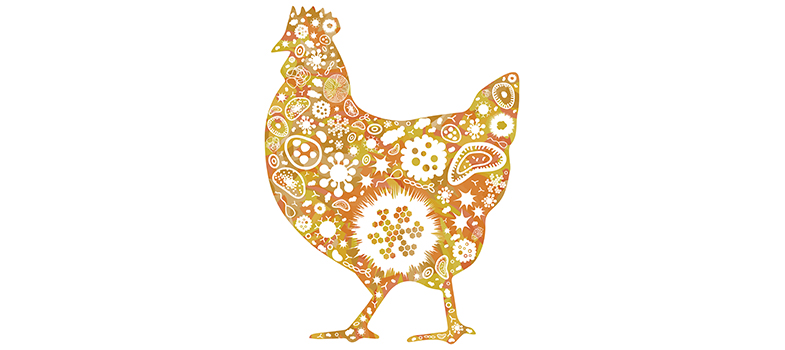4.1 Biosecurity and hygiene
Biosecurity is one of the best strategies to prevent diseases on farms. At its heart, biosecurity aims to stop the introduction and spread of diseases in animals. Biosecurity is also an essential tool for AMS programmes; animals are less likely to become sick from infectious diseases and less likely to need antimicrobials. Biosecurity has the added benefit of improving animal welfare and productivity.
Biosecurity practices can be broken down into two types of actions.
- They prevent diseases being introduced from outside of the farm.
- They reduce infection spread within the farm by adopting cleaning and disinfection processes.
Table 3 lists the three elements of biosecurity on farms.
| Biosecurity type | Actions |
|---|---|
| External |
|
| Internal |
|
| Animal health |
|
Hygiene, or sanitation, refers to the cleaning and disinfection of people, equipment, animals and material either entering a farm or kept on the farm. Feeding, handling, administering medical treatments, vehicles and outside visitors are all possible contact points for transmitting diseases and pests. The biggest risk of introducing diseases occurs at the entry and exit points of the farm or buildings where the animals are housed.
To establish biosecurity on-farm, you need to have three zones:
- Dirty zone – this is where cleaning and disinfection occur before entry to the farm. Usually, this occurs at the farm gate or close to the perimeter of the farm.
- Buffer zone or line of separation – a transitional space between the dirty zone and where animals are housed. An additional level of cleaning and disinfection may be required here where all organic matter is removed prior to entering the clean zone.
- Clean zone (or controlled access zone) – this is where the animals are housed or kept.
You can learn more about on-farm biosecurity and sanitation methods on chicken farms by watching this YouTube video [Tip: hold Ctrl and click a link to open it in a new tab. (Hide tip)] (using the subtitles) or visiting the Healthy Farms Healthy Agriculture website.
Activity 9: Biosecurity measures – what do they look like in practice?
Think about a typical poultry farm or fish farm in your country and draw a biosecurity map for the farm. Think about where you would place the various zones to ensure infectious diseases are not transmitted to the animals already kept at the farm.
Do you know of any farms in your area who already practise biosecurity and are they doing it well? Do you feel confident about talking to farmers about their biosecurity and where it can be improved?
Discussion
How did you go drawing your biosecurity map? If you watched the video and/or looked at the Healthy Farms Healthy Agriculture website, you would have been given the resources to draw a biosecurity map. Both sites give excellent tips and resources about engaging with farmers on good biosecurity practices.
4 Complementary initiatives for antimicrobial stewardship in animals



